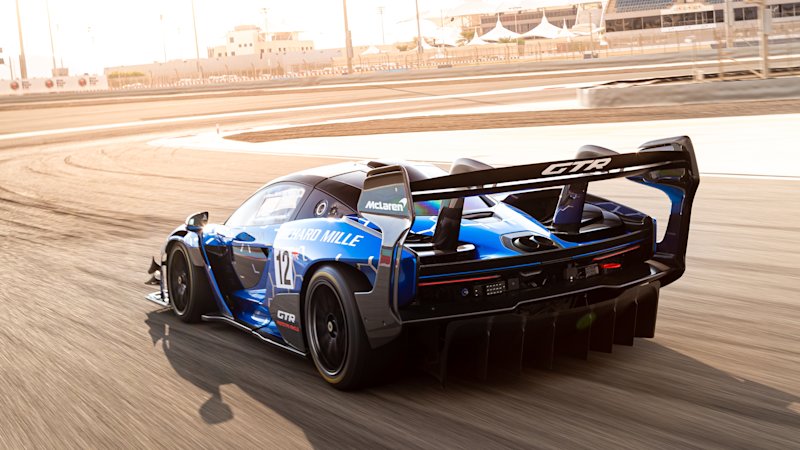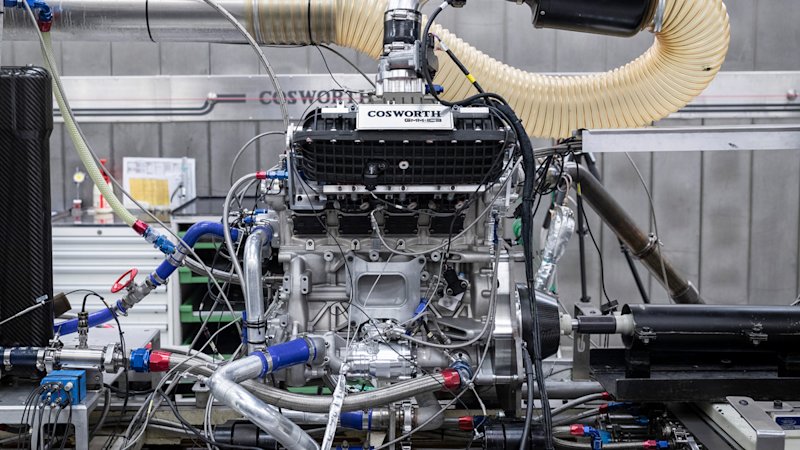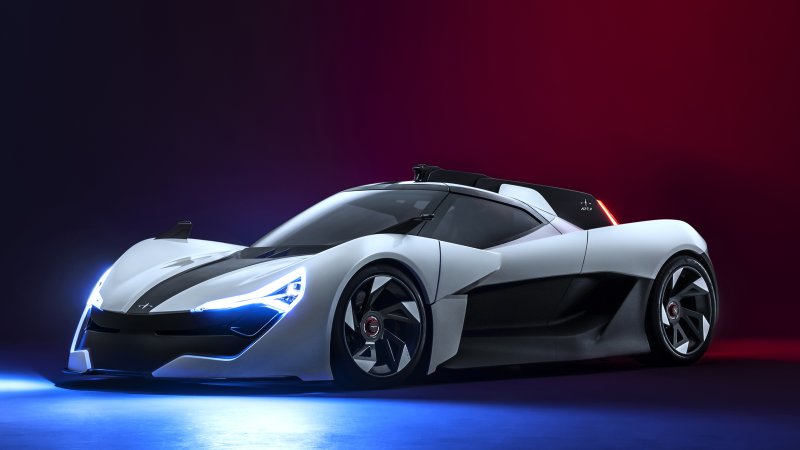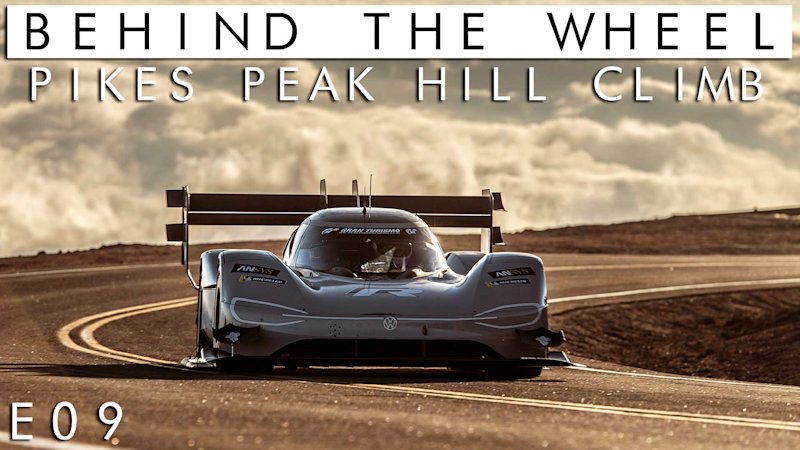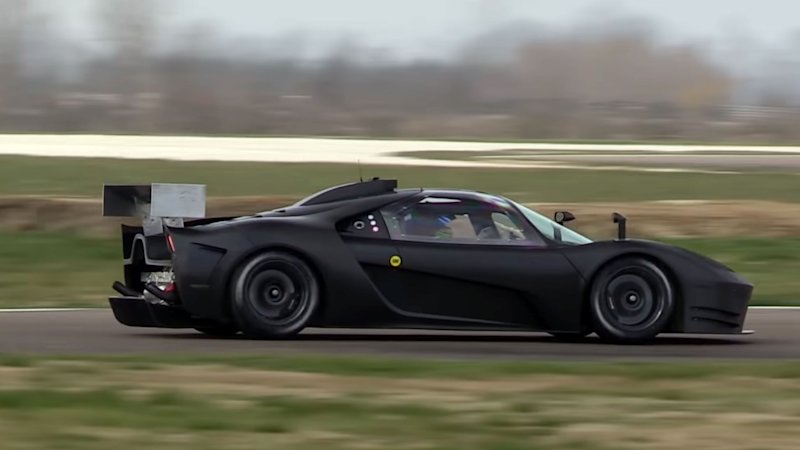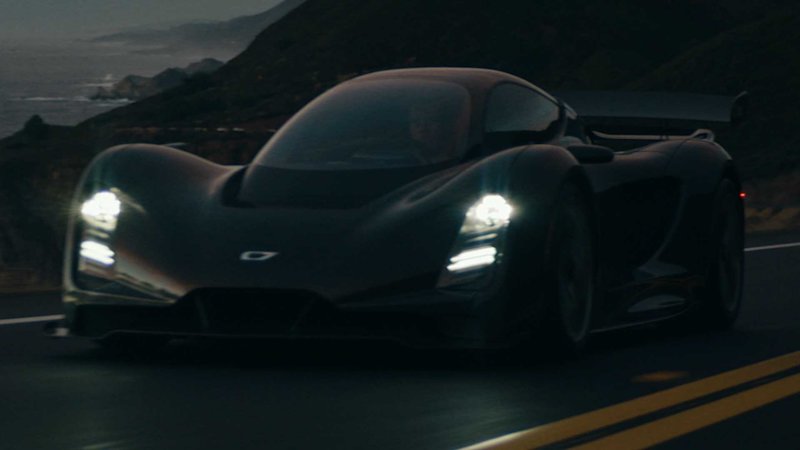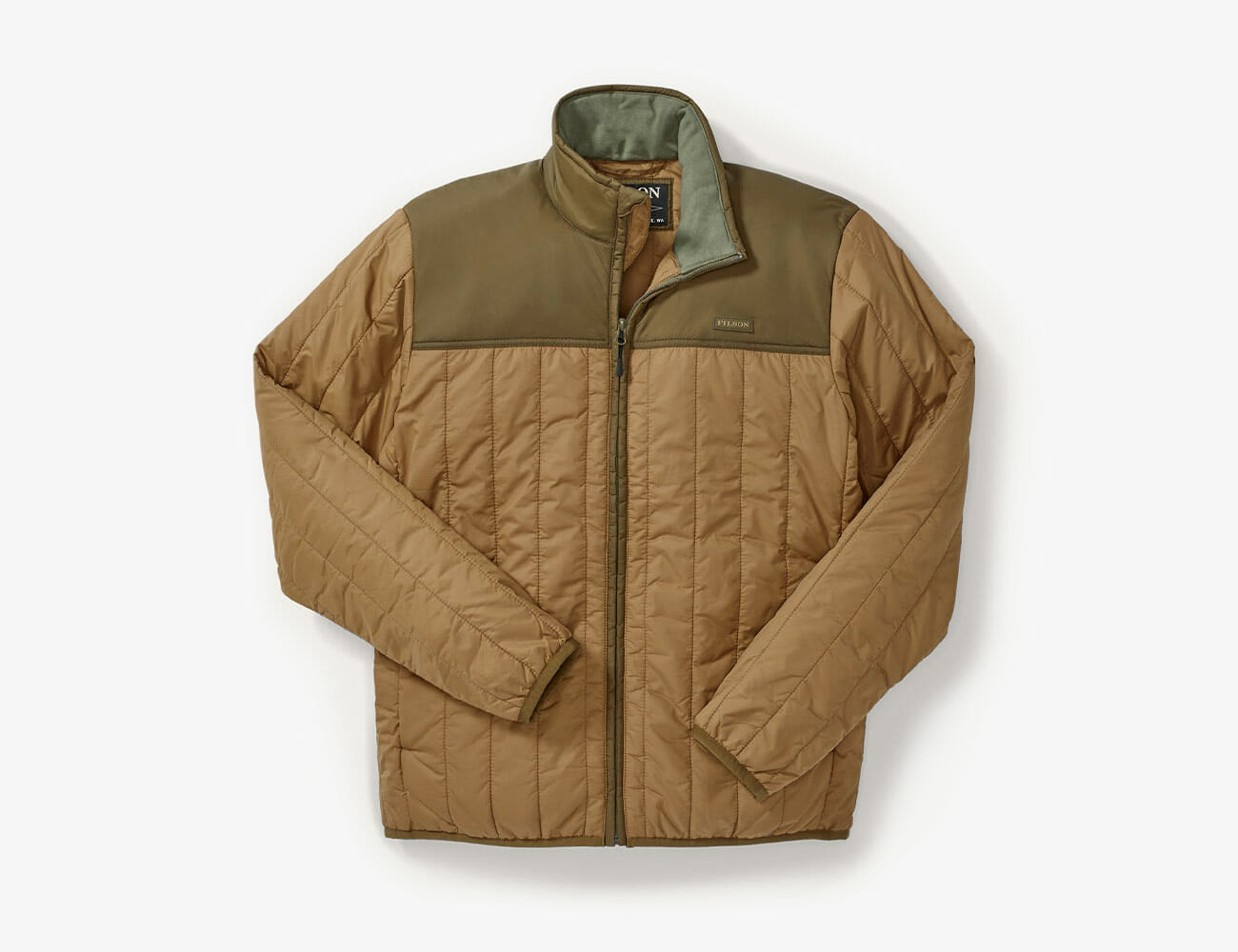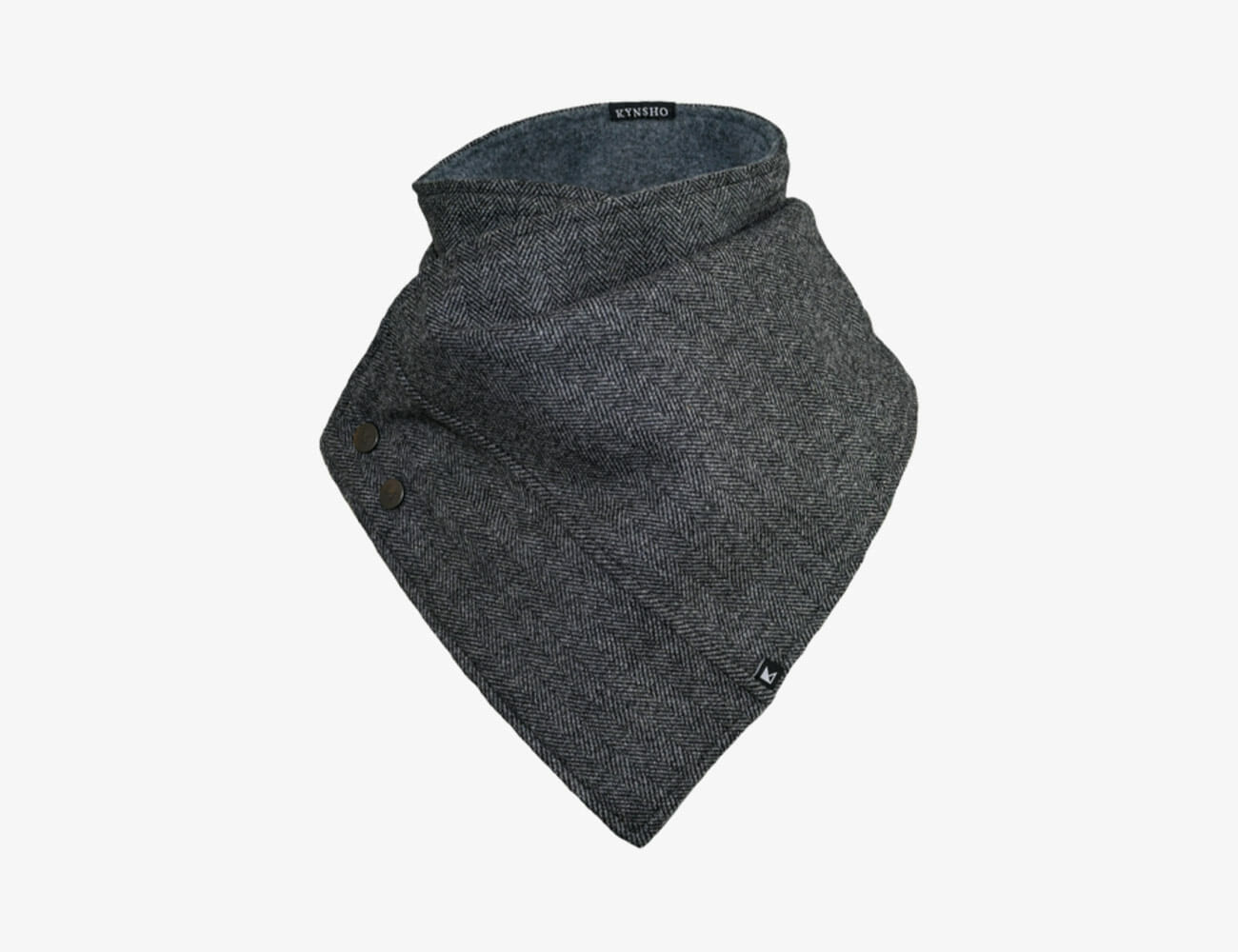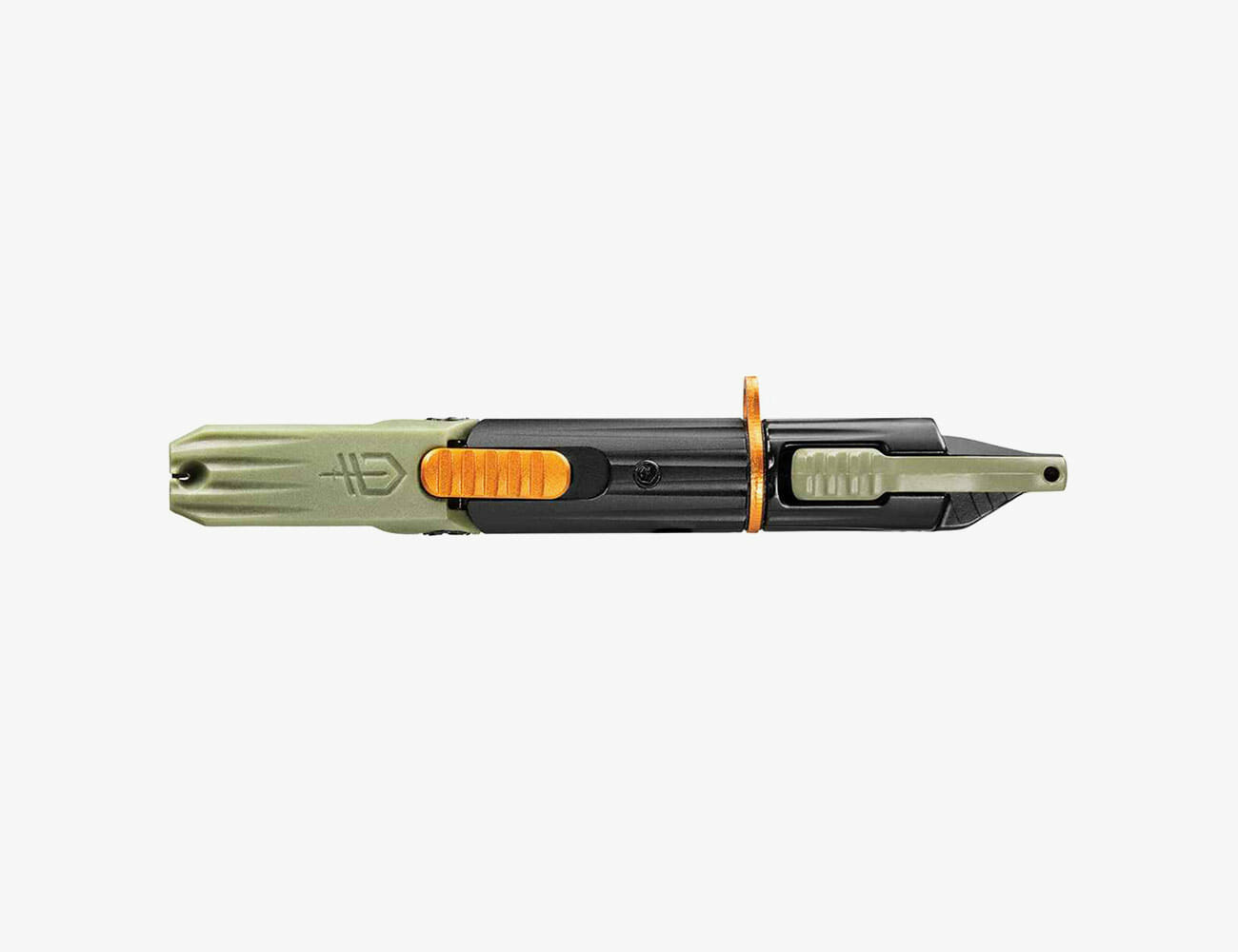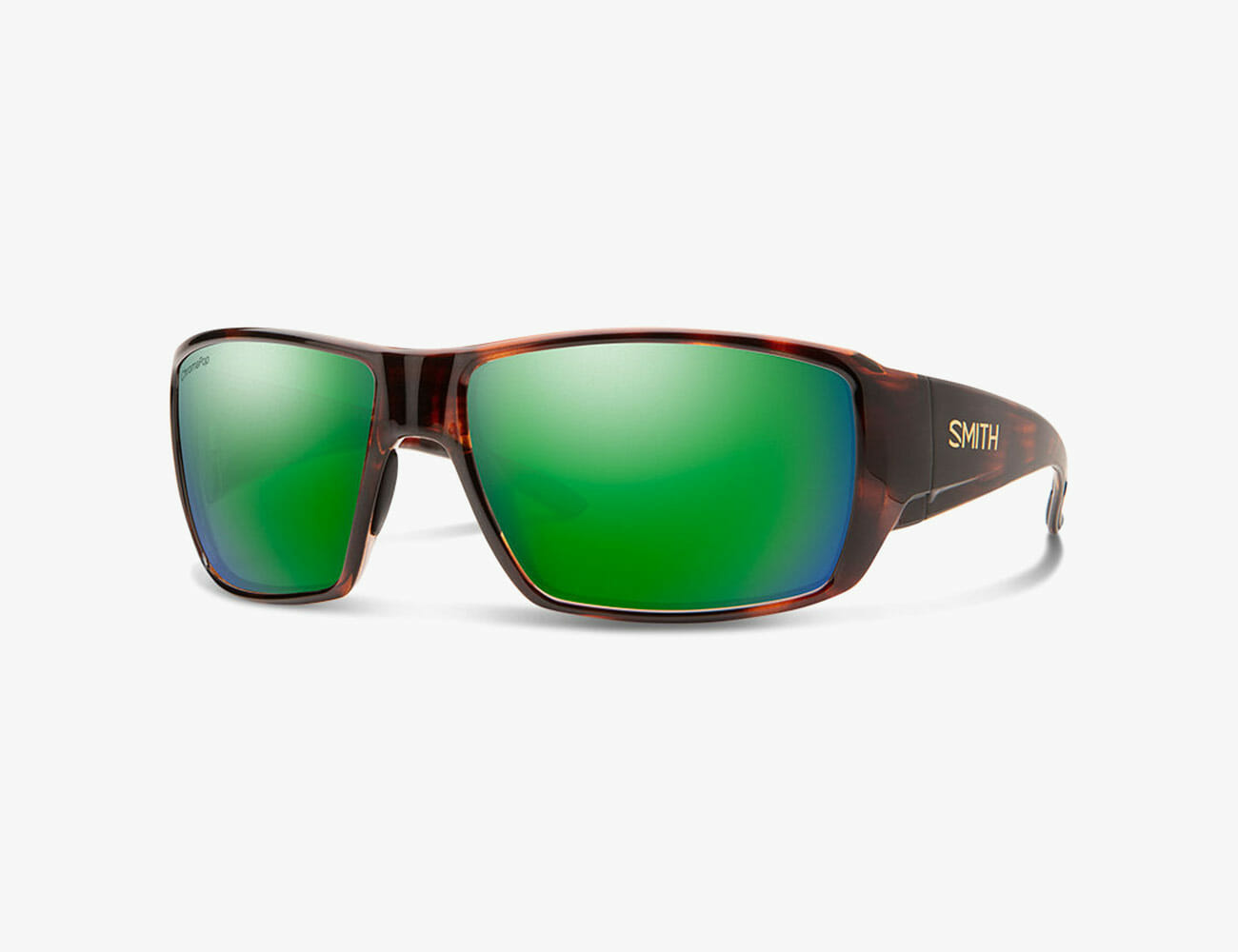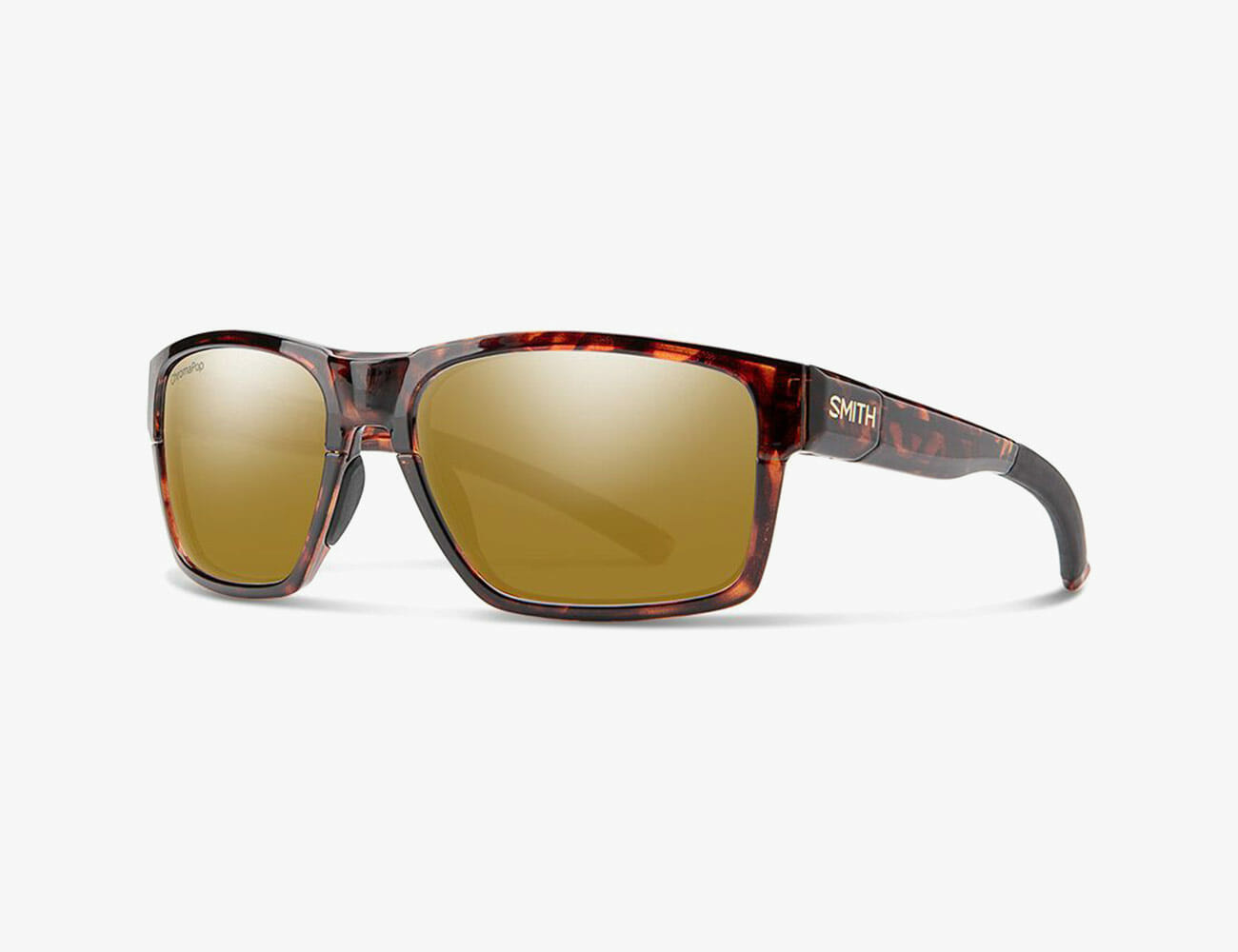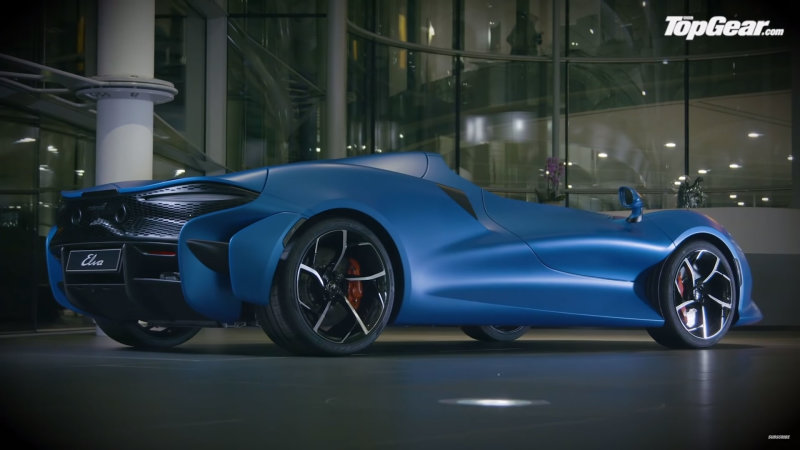This definitive guide to the best office chairs of 2020 explores everything you need to know to find an office chair best suited to your needs, including ergonomics, price, aesthetics and features.
Long has the doom of sitting been forecasted. Published papers aplenty have argued that a stationary life is shorter and trouble-ridden, and the primary workarounds are many — standing desks, frequent breaks, stretching, taking walks and so on. But none address the simple fact that, sometimes, to get shit done, we simply need to plant ourselves in a chair and get after it.
Luckily, a number of companies are working to beat each other at building the best office chairs, even though they all know it’s not possible. No one chair is the best for everyone, so take our guide with lots of salt. If you can, go to stores and showrooms in your area and sit down, lean back, lean forward, pull levers and ask questions about everything. Your back, muscles, various joints and brain will thank you.
The Short List
Best All-Around Office Chair: Knoll ReGeneration



Beyond taking our “Best Value” category by way of a price most people can swallow mixed with smart design, it received one of the most valuable recognitions in product design — a Good Design Award — after it’s release in 2012.
The ReGeneration is the affordable update to the legendary Generation chair. It adjusts to your weight, posture and weird leaning tendencies on the fly (up to 270 degrees of posture change). It’s also warrantied for a whopping 12 years. It’s the proud owner of various highly-touted sustainability acronyms.
Knoll is the master of the office chair, and the more accessible version of its lauded office seating boasts the most useful functionality, comfort, extra options and looks at the most reasonable price point we found. Make sure to get the mesh-backed version if you run hot, and adding in the lumbar support comes highly-recommended by reviewers (though you may have to contact Knoll or the outlet you intend to purchase from to arrange this).
Best Budget Office Chair: Alera Elusion



Being on a budget does not mean settling for design of a lower quality; it means identifying smart engineering at price points don’t trigger panic attacks. The Alera Elusion, which is also our best option under $200, is just that. It’s mesh-backed and features loads of recline and tension adjustment options for just $190.
If your definition of budget is a bit more expansive, we recommend Herman Miller’s Sayl chair, which is made with better materials and has a better warranty behind it — not to mention a company with a legendary reputation. That said, the extra $200 to $250 you’ll need to shell out for a Sayl makes an impact large enough to favor the more affordable, impressively-built Elusion chair.
[embedded content]
Best Office Chair Brands


Humanscale
An extreme and praise-worthy focus on sustainable, eco-friendly design and gorgeous aesthetics come together with research-backed ergonomics at Humanscale. A through-line can be seen in all Humanscale’s more recent products — simplicity. Simplicity urged forward by the late American industrial designer Niels Diffrient in his partnership with Humanscale, which yielded two of the most notable and respected chairs ever — the Freedom and Diffrient World.
Herman Miller
Herman Miller is the company behind many of the most iconic pieces in the era of mid-century modern but its catalog has far more to offer than famous lounge chairs. When Herman Miller released the Aeron office chair, it instantly became the, or at least one of the, best makers of office seating the world over. The American brand’s most notable office chairs are likely the Aeron, Embody and the newly released Cosm, a fully passive ergonomic chair with a few unique-unto-itself features.
Steelcase
Where Herman Miller and others work in a variety of furniture areas, Steelcase narrows its gaze to furniture with a performance and sustainability bend. The 105-year-old company is unrelenting in its focus on research-guided design, and it is most known for the Gesture, Leap and its auto-adjusting (and fairly new) SILQ.
Allsteel
Allsteel is function and performance driven above all else. It bullied its way into office gear in the early 20th century making steel electrical boxes and lockers (it would take until the middle of the century to add its first chairs) Not all of its seating is beautiful looking (except for the Acuity, which is), but it is all based on the science of ergonomics.
Knoll
Like Herman Miller, Knoll was (and has become again) mid-century royalty. Also like Herman Miller, it didn’t fall off the face of the earth. Knoll still peddles high-end, luxurious home furniture aplenty, but its office seating, the Generation line in particular, is a revelation. Ergonomic, good looking and sold at price points low and high, Knoll covers the spectrum of what you need now and in the future.
Best Budget Office Chairs


As with most products of the budget variety, temper your expectations. There is no sub-$100, $200 or even $500 office chair that does all things for all people, or performs equally to premium chairs. Expect materials that don’t necessarily ensure a long life and may not look stellar. That said, these chairs are ergonomic. Our budget picks are simply the most affordable you can go without sacrificing your health and wellbeing at work.
Best Office Chair Under $100: Flash Furniture High Back Mesh Chair


This mesh-bodied, high-back chair from Flash Furniture is the best and most versatile chair we’ve found under $100. It has an adjustable headrest (ideal for those who like to lean back), holds more weight than most dirt cheap options, has a tilt tension adjustment knob, offers firm lumbar support and isn’t absolutely atrocious to look at. If it’s missing anything (other than quality materials that would drive the price up), it’s adjustable armrests, but that’s the lowest number of serious compromises you’ll find out of seating in this price category.
Best Office Chair Under $200: Alera Elusion Chair



It looks as simple as any other chair you’d run into at Staples, but it isn’t. Alera’s Elusion chair borrows features like a full mesh back for breathability, a waterfall-edge seat cushion to maintain regular levels of leg circulation and more comfort customization than chairs fives times its price.
Its only limiting factors are aesthetics (it is rather boring to look at) and the use of cheap materials, which means it’s likely not a great long-term seating option.
Best Office Chair Under $500: Herman Miller Sayl


This is an affordable take on Herman Miller’s manually-adjusted office chair. The webbed, unframed back is supported by a suspension tower (and inspired by the a notable landmark in the designer’s home city of San Francisco), which allows for a twisting and turning in the chair to remain both comfortable and well-supported.
The arms slide up and down, the recline tension is adjustable, the chair is certified to seat a person up to 350 pounds and it does all this for just south of $500. When the chair released, it took home a flurry of “bests” from judging panels and events, including the Industrial Designers Society of America, International Design Awards and FX International Interior Design Awards. This is no ordinary budget seating.
Best Ergonomic Office Chairs


Ergonomic design, to some extent, is present in all seating, but not all chairs can be called ergonomical. By way of built-in automatic adjustments or manually turning knobs and pulling levers, great ergonomical chairs are the ones that conform to the human body, and the best do that to specific human bodies, no matter their weight, height or posture. These are those chairs, in every specific taste and style we could think of.
Best Value Office Chair: Knoll ReGeneration



Value is a function bound to the holy price-quality balance. Our choice is Knoll’s affordable, somewhat recent addition to its line of Generation seating — the ReGeneration. Starting just north of $500, ReGeneration adjusts to your weight, posture and weird leaning tendencies on the fly (up to 270 degrees of posture change).
Knoll is the master of the office chair, and the more accessible version of its lauded office seating boasts the most useful functionality, comfort, extra options and looks at the most reasonable price point. Make sure to get the mesh-backed version if you run hot, and adding in the lumbar support comes highly-recommended by reviewers (though you may have to contact Knoll or the outlet you intend to purchase from to arrange this).
Best Office Chair for a Standing Desk: HAG Capisco Puls


As illogical as it sounds, standing and raising desks do need seats of their own. Portland-based Fully specializes in supplying only the best ergonomic seating for the modern workspace (it’s most known for the Jarvis adjustable height desk), and the Capisco was the very first product it stocked.
It allows for seating in any way that’s comfortable to you — stool seating, cross-legged, side sitting, sitting backwards and so on. Essentially, it encourages non-static working and provides the means to act on that comfortably.
The Capisco Puls is the slimmer, newer and more affordable version ($300 cheaper) of the chair. Looking at the greater standing desk chair market, you could settle for less, but you’d be doing yourself a disservice.
Best Office Chair for Gaming: Vertagear Triigger 275


The proliferation of the racing-style chair as the defacto “gaming” chair is sad and dumb. The best gaming chair is not about immersing the sitter in the game or looking cool — it’s about support, customization and the ability to remain cool for hours.
Vertagear’s Triigger series of chairs is just this, and the 275 model is the best balance of price and useful features. Though we’ve praised chairs that automatically adjust to all users in this guide, gaming requires a chair fine-tuned to the player. The Trigger 275 allows you to adjust armrest height, seat height, backrest height and lumbar support. And because it’s a mesh chair, you remain cooler for longer, and it doesn’t look juvenile (though you can get it with white, red and blue accents).
The brand offers a premium option, too — the Vertagears 350 comes with an aluminum frame and calfskin leather accents for a couple hundred dollars more.
Best Office Chair for Home Use: Blu Dot Daily Task Chair


Blu Dot’s mantra: bring good design to as many people as possible. As such, the Midwestern company’s designs ride the “I could afford that if I wanted to” line more than any modern furniture brand, and it’s all original, sturdy and hardwearing. The Daily Task Chair isn’t a loud or boastful piece to bring into your own home, but it’s interesting, a bit retro and comes with a few foundational ergonomic perks.
Best Mid-Century Modern Office Chair: Eames Aluminum Group Management Chair


The Eames Management chair is from a time gone by, when office hierarchy was defined by corner offices, over-sized desks and, in this case, a luxe mid-back desk chair. What does that mean? It’s behind some others on this list in the ergonomics department, but it’s miles ahead in style. An aluminum frame, MCL leather and a distinctly mid-century look define the Eameses instantly recognizable seat. (Note: if you regularly spend working hours in your home office chair, we recommend leaning toward the more ergonomic-focused options in this guide.)
Best Office Chair for Conference Rooms: Steelcase Silq


A lack of fiddling with knobs and levers is what separates a good conference room chair from the chair at your desk. When people are coming in and out, there’s no time to pull out a manual to adjust the secondary recline tension. Steelcase’s conference room-minded Silq chair is one of the few examples of affordable passive ergonomics. Other than height, everything about the chair adjusts to the sitter automatically.
Best Office Chair with a Headrest: EuroTech Ergohuman


Truth be told, if you’re serious about you’re reclining, you better be serious about having a chair equipped with a headrest. Thinking about reclining sequentially, you press your back against the chair, lean back and your head loses the natural support of your neck and body. This causes you to tense your neck, which creates soreness and leads to further problems down the line.
That’s what chairs like Eurotech’s Ergohuman aim to solve, while limiting sacrifices to the chair’s comfort level. The superb lumbar support, various tension and height adjustments, a very handy pneumatic lift system that raises and lowers the chair smoothly and a supportive (but still comfortable) headrest brought together on the Ergohuman make for office seating that’s equal parts impressive and satisfying to take a seat in (hint: get the all mesh version if it’s available — it’ll stay far cooler than a faux leather seat cushion one).
Best Passive Ergonomic Office Chair: Herman Miller Cosm


The success of Herman Miller’s office seating line is unquestioned (just look at our list), but this might be the largest departure from that line since it began. Where our “Best Value” choice was of the old school of passive ergonomics, Cosm is of the new.
Apart from aesthetics and sizing options (the high-backed Cosm is stunning online and in person), the primary functional difference between the two is a single, completely unique innovation — the ability to use your weight to adjust tension to you without the need to slide your body forward or lift you up at all. This sliding and lifting lifts your legs ever so slightly up, resulting in added tension to the body.
It’s a subtle difference, but one no other company had managed until Cosm. In fact, the only reason Herman Miller didn’t release an auto-adjusting chair prior was its inability to solve the riddle of the lifting legs.
Best Leather Office Chair: Humanscale Freedom


American industrial design legend Niels Diffrient authored many products of great importance, but this was his magnum opus. The Freedom chair marks the beginning of the shift away from manually-adjustable office seating (primarily because most people don’t actually know how to adjust the chairs properly) and to self-adjusting chairs.
Specifically, the Freedom chair handles all recline tension and tilt functionality itself, while still allowing you to slide the seat backward or forward and the armrest up and down. Since its release, a hundred or more self-adjusting chairs have cropped up, but few have done so as elegantly as the Freedom chair.
Its base model ships in a PU leather upholstery (as almost all “leather” office chairs do) with a die-cast aluminum frame, but you can special order real leather upon request.
Best Office Chair for Small Work Spaces: Humanscale Diffrient World Chair


Few manufacturers set out to make office chairs specifically for small spaces. This chair, also designed by Diffrient, has armrests that can be lifted or lowered to slide under a desk when not in use, a back high enough to allow for comfortable reclining and a width on the slimmer end.
Instead of chairs requiring manual adjustment via knobs and levers like most task chairs before it, the Diffrient World adapts to the sitter automatically (it was one of the earlier task chairs to do this). It uses your body weight as a counterbalance to allow for seamless and steady reclining and the whole thing is a springy mesh that’s just tight enough to sink into, but not so much to the point of sagging and stretching. It’s also guaranteed to last for 10 years.
Best Luxury Office Chair: Herman Miller Embody


This is not luxury in the plush leather, animal skin, bedazzled sense; it’s luxury in just how effective it is at what it does. Herman Miller puts it this way: “so intelligent, it makes you think.” It prioritizes and glorifies movement above all else — movement lessens muscle tension and increases blood flow, thereby increasing the amount of time your brain operates at a high level, which in turn makes for better work.
Thought up by the late and great Bill Stumpf (father of the Aeron chair) and designed by Jeff Weber with the guidance of a team of 20 physicians and doctors in physical therapy, ergonomics and biomechanics, it uses the human body as its blueprint — a spine with a flexible rib cage bends and turns are you do, and redistributes pressure to lessen tension.
All told, it’s an expensive, luxury office chair, but not because of whims of fanciness and wealth, but because it is a throne built on the idea that a chair doesn’t have to be a health-negative.
Honorable Mention: Herman Miller Aeron


The Aeron is the chair against which all other chairs are measured. Not even the worthy competition on this list challenge its status as the most influential office chair of the modern era.
Released in 1994, Aeron is the chair that bookended a shift in task seating design, from a form-first to function-first industry. Its critical, commercial and cultural successes are many. It ushered out clean lines in favor of shapes contouring to the human body, and was the first hugely successful mesh chair. It is among the most customizable designs ever conceived. It’s earned a permanent place in the Museum of Modern Art. It’s even 94 percent recyclable, a feature years ahead of its time.
Though the Aeron chair is no longer seating du jour, in style and function, its importance and power is unrivaled.
Will Price is Gear Patrol’s home and drinks editor. He’s from Atlanta and lives in Brooklyn. He’s interested in bourbon, houseplants, cheap Japanese pens, and cast-iron skillets — maybe a little too much.
More by Will Price | Follow on Contact via Email


